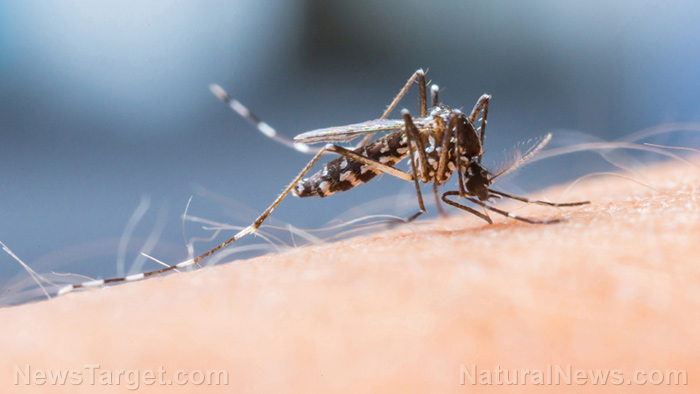
There are very few things in nature that are stronger and tougher than the silk that makes up spiderwebs. An article in Science Daily stated that Washington-based researchers have not only managed to biologically synthesize a version of spider silk, they also know how to improve it even further.
In its natural form, spider silk can match the strength of certain steel alloys. Its toughness exceeds that of synthetic fibers used to make bullet-proof vests.
This made-in-Heaven mix of strength and toughness make spider silk perfect for all kinds of roles. Two examples include sutures used for stitching wounds and body armor that can protect against bullet impacts. However, it cannot be produced in large numbers. Spiders are highly territorial in nature. And unlike the herbivorous silkworms that produce commercial silk, they eat other insects, including other spiders.
Researchers have been able to recreate spider silk in laboratories. However, their products are a pale shadow of the real thing. Synthetic silk lacks most of the strength and toughness that makes real, natural spider silk so interesting. (Related: Spider silk is so strong that researchers can use it to improve the performance of piezoelectric nanogenerators.)
Using bio-engineered bacteria to synthesize spider silk
A team from the Washington University in St. Louis (WUSL) reported their success in modifying a bacteria to produce spider silk. Not only did their microorganism successfully bio-synthesize the silk, but its product could match the performance of the original.
In their study, they noted that the weight of the molecule determines the strength and toughness of the spider silk. A larger molecule produced stronger silk. This positive correlation continued to apply to synthetic silk that weighs nearly twice as much as the next heaviest one.
It so happens that one of the hardest hurdles for the production of biosynthetic spider silk involves making a protein that is big enough for the purpose. This called for a different approach.
WUSL research Christopher Bowen explained that he and his teammates started the same way everyone else did: They created a genetically-repeated sequence. They based the sequence on the spider DNA sequence that controlled the production of its silk. The size of the protein increased with every repetition of the DNA sequence. Eventually, it came to a point that the sequence is too big for the bacteria, so they have to divide it into shorter sequences.
Fusing spider silk protein molecules into even bigger molecules
The WUSL team changed this process up by adding a short genetic sequence to the silk DNA. The new sequence combines the proteins into a single protein molecule that is almost twice as large as the next biggest one.
The new biosynthetic silk protein chain weighs 556 kilodaltons (kDa). The previous biggest synthetic chains measured 285 kDa, while natural dragline silk proteins hover around 370 kDa.
These huge proteins were spun together to form nanofibers that are only 10 percent as wide as the diameter of the human hair. These fibers were evaluated for their mechanical properties.
The researchers claimed that their biosynthetic spider silk was able to match the tensile strength and toughness of natural spider silk. The fiber also proved to be very resistant to deformation and highly extendable. Finally, they believe that the fibers could be made even stronger by creating much bigger protein molecules.
They are currently refining the process of manufacturing their biosynthetic spider silk so that it can be scaled up and produced most cheaply. They believe their product can serve as a partial substitute for existing synthetic fibers made from petroleum products.
Stay informed about biologically-engineered versions of spider silk and other products at BioTech.news.
Sources include:
Please contact us for more information.





















